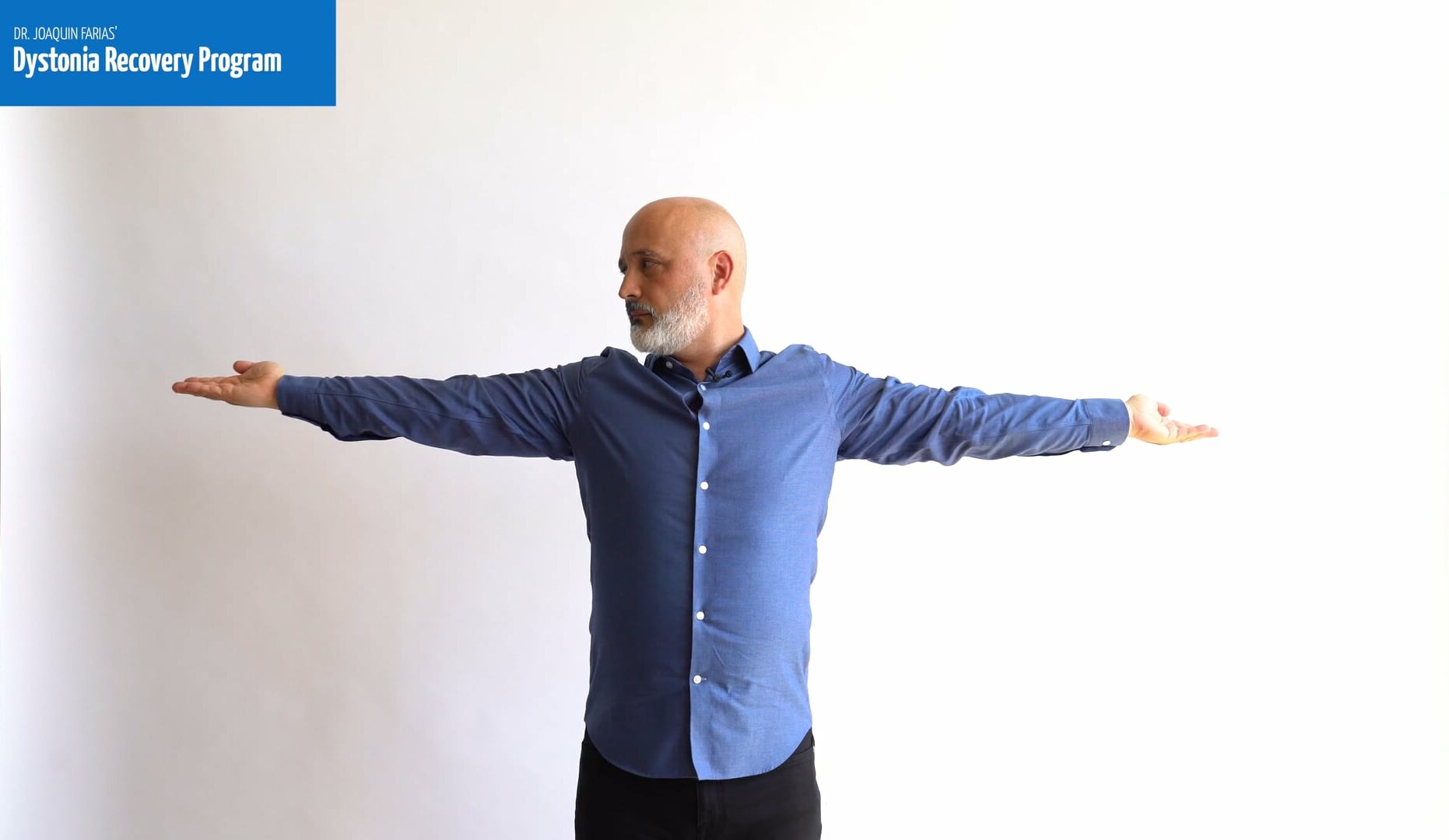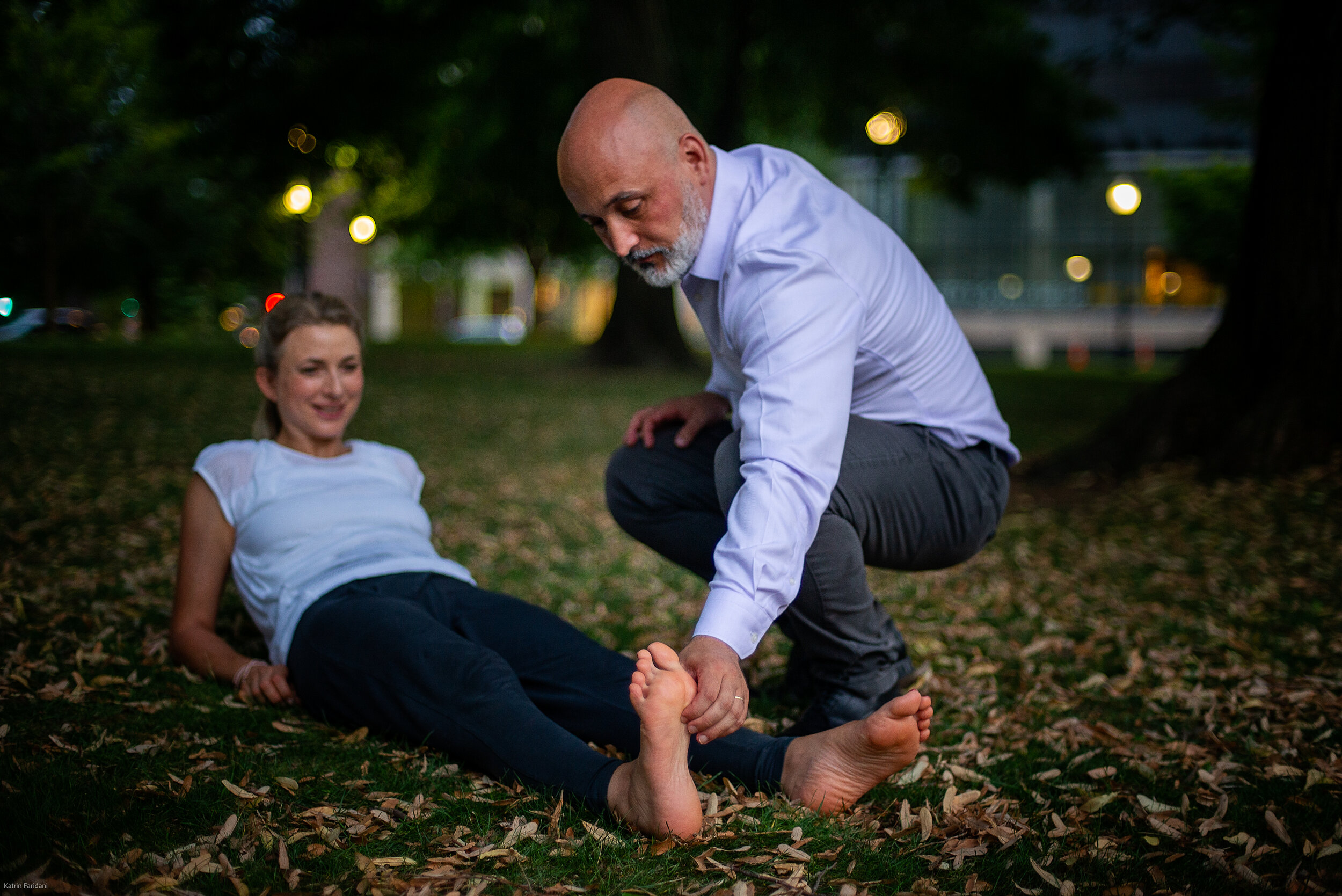For individuals living with Dystonia, achieving a high quality of life often involves a combination of diverse treatment approaches, such as natural treatment for Dystonia. Medical therapies such as oral medications, botulinum neurotoxin injections, and surgical interventions offer varying levels of effectiveness depending on the individual.
Dystonia patients often find themselves unable to derive significant benefits from conventional medical treatments. There are several factors contributing to this, leaving numerous individuals worldwide without access to effective medical interventions. These factors include:
-
Personal Preference: Many patients opt for noninvasive treatment approaches, seeking natural solutions due to concerns about the potential serious side effects associated with medications and surgeries.
-
Botulinum Toxin Resistance: Some individuals develop immunity to botulinum toxin treatments, rendering them ineffective.
-
Medication or Toxin Allergies: Allergies to medications or the toxin used in treatments further limit the options available to dystonia patients.
For these patients and their families, it’s not uncommon to experience despair, as they often feel they have no viable options for regaining function. Over the past two decades, extensive research has explored alternative treatments aimed at reducing Dystonia symptoms. This research encompasses a wide range of approaches, including neuroplasticity-based exercises, meditation, the therapeutic impact of music, and the transformative effects of dance and exercise on the brain.
After 25 years of experience helping Dystonia patients improve their quality of life, Dr. Joaquin Farias decided to move forward and create and integrative complementary rehabilitation protocol for Dystonia available online, making it easily accessible to anyone in need. That is why with the collaboration of an extraordinary group of people, he created the Dystonia Recovery online program.
A natural way to manage your symptoms efficiently is now a reality for many patients worldwide.
Start your Recovery Journey Today
Join the complete online recovery program for dystonia patients.
How the recovery process works
The Transformation – A Leap of Faith
Recovery from Dystonia and learning to manage dystonic symptoms requires profound change.
It may sound obvious, but most of us want to improve without going through the transformation process, as it can be a scary one.
During the recovery or transformational phase, you may feel both non-motor and motor symptoms more acutely as your nervous system and body begin to return to balance. You mind, emotions and body are moving from the state you have become accustomed to, and this can be disconcerting as you move from the known to the unknown. This can not only be disturbing to us, but also to our friends and family as it may feel and look as if you’ve gotten worse, but in reality you’ve just let go of the control that was holding you locked in emotional and physical rigidity and spasms. This is, in fact, a crucial step forward toward recovery.
In the beginning, the erratic changes you experience when doing exercises are normal and have to happen. You should not panic nor think that you are making it worse.

Let me explain in more detail. If some neurons are dormant the muscles those neurons control will be frozen, as examples, some movements of the neck or tongue, hand, leg or eyelids will not happen, you will feel they are slow and tense.
Dystonia produces dormant neurons in an area of the brain that has an effect on movement, which is why you have difficulties with movement. When you start stimulating the dormant neurons with exercises those neurons may start firing which is a good thing, but they all fire in a random way when they are restarting so you can experience some new involuntary movements happening. They are part of the process of recovering control.
Patients start in level 0 where the movement is not happening. Level I the movements start happening but they are not properly controlled and will feel chaotic. Level II movements happen in a controlled fashion. There is no way to go from Level 0 to Level II without passing through Level I. We all hope that level I transitions to Level II as soon as possible.
When you feel these chaotic symptoms during recovery efforts, it is important to know that no matter what you do you cannot produce another dystonia or make yours worse. Dystonia happens due to a brain accident which is not produced by the individual, just an unfortunate accident.
Listen to your body, be curious, be gentle. Be cautious but not afraid. Recovery is a process, symptoms will change and they need to change to get better. You need to trust your body and brain in this healing process. You may feel that you are losing control. Your mind and body may react to this sense of loss of control with alarm and fear. This is typical and expected to happen – but at the end of this difficult journey you will ultimately find the peace and healing you are seeking.
The recovery process is scary, uncertain and involves the acceptance and surrender to change in so many ways — physical, emotional, perceptual and cognitive. It is human nature to cling to the known, even when it is unpleasant. This process is not only scary, but also exciting, hopeful, intimate, enlightening, alien yet familiar, and fun, all mixed together in a creme brûlée of emotions. Stepping from the known into the unknown is a leap of faith, but that’s what is necessary for true recovery.
We will try our best to provide the support and reassurance that the physical and emotional changes you are feeling during this recovery process are positive, normal and to be expected.
Once you emerge from the transformation phase, all will make sense and true recovery and maintenance can begin.
Dr. Farias’ Dystonia Recovery Program subscriptions currently includes recovery programs for:
Cervical dystonia, Hand dystonia, Leg dystonia, Blepharospasm, Spasmodic dysphonia, Oromandibular dystonia, Golfer’s Yips, and Musicians’ Focal Dystonia (Guitar, Violin and Clarinet, Saxophone).
Dr. Joaquin Farias. Ph.D., M.S., M.A.
Director Neuroplastic Training Institute Toronto
Lecturer. University of Toronto
Start your Recovery Journey Today
Join the complete online recovery program for dystonia patients.
Related Reading:


